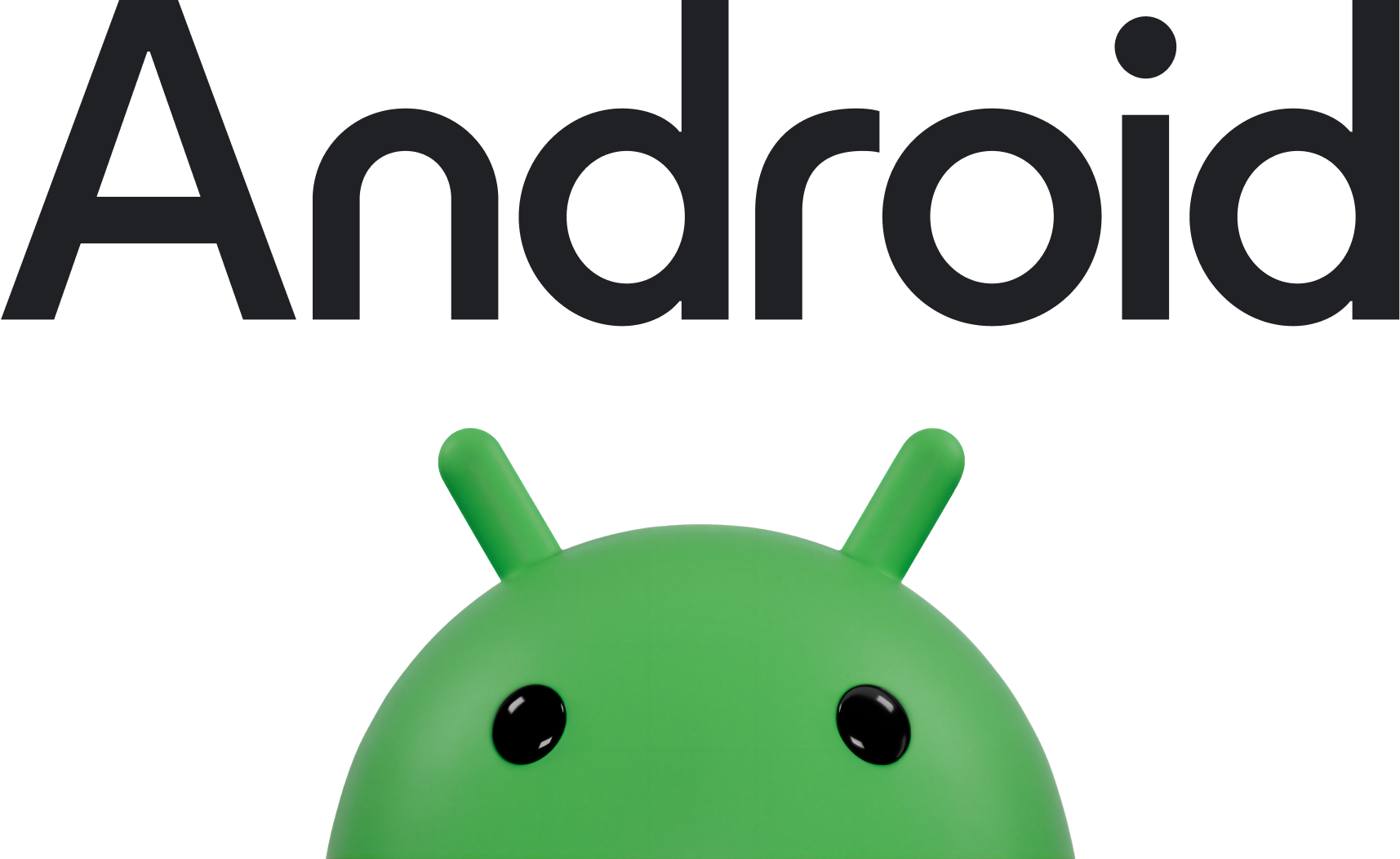 ערוץ Canary מאפשר לכם לבדוק את הגרסאות העדכניות ביותר של Android
עם ממשקי API של Android לפני ההשקה ושינויים פוטנציאליים בהתנהגות המערכת.
יכול להיות שתיתקלו בבעיות ובשינויים משמעותיים. הגרסאות המתקדמות האלה לא יהיו הבחירה הטובה ביותר לשימוש כמכשיר ראשי או כמכשיר יחיד. כתוצאה מכך, יכול להיות שתהיה לכם הזדמנות לראות מראש איך שינויים ישפיעו על האפליקציה שלכם, ותוכלו להתנסות ביכולות חדשות כדי להכין את האפליקציה לעתיד של Android.
ערוץ Canary מאפשר לכם לבדוק את הגרסאות העדכניות ביותר של Android
עם ממשקי API של Android לפני ההשקה ושינויים פוטנציאליים בהתנהגות המערכת.
יכול להיות שתיתקלו בבעיות ובשינויים משמעותיים. הגרסאות המתקדמות האלה לא יהיו הבחירה הטובה ביותר לשימוש כמכשיר ראשי או כמכשיר יחיד. כתוצאה מכך, יכול להיות שתהיה לכם הזדמנות לראות מראש איך שינויים ישפיעו על האפליקציה שלכם, ותוכלו להתנסות ביכולות חדשות כדי להכין את האפליקציה לעתיד של Android.
אפשר להוריד את Android Canary בדרכים הבאות:
התקנה במכשיר Google Pixel
כדי לקבל את Android Canary במכשיר Google Pixel, משתמשים בכלי Android Flash.
אחרי שמבצעים פלאשינג של גרסת Canary למכשיר Pixel נתמך, המכשיר נרשם אוטומטית לערוץ Android Canary for Pixel, ויקבל עדכונים רציפים דרך האוויר (OTA) לגרסאות Canary האחרונות.
יציאה מערוץ Canary במכשיר Google Pixel
כדי לחזור לערוץ בטא או לערוץ הפצה, תצטרכו למחוק את כל הנתונים מהמכשיר ולהתקין גרסה מערוץ מתאים באמצעות Android Flash Tool או בדרכים אחרות.
הגדרת Android Emulator
הגדרת Android Emulator להרצת Android Canary היא פתרון מצוין לבדיקת תכונות וממשקי API חדשים, ולבדיקת שינויים אפשריים בהתנהגות המערכת בעתיד. ההגדרה של האמולטור מהירה ונוחה, והיא מאפשרת לכם לדמות גדלים שונים של מסכים ומאפיינים שונים של מכשירים.
הגדרת מכשיר וירטואלי
כדי להגדיר מכשיר וירטואלי שידמה טלפון רגיל, פועלים לפי השלבים הבאים:
- מתקינים את גרסת הטרום-ההשקה האחרונה של Android Studio.
- ב-Android Studio, לוחצים על Tools > SDK Manager (כלים > SDK Manager).
- בכרטיסייה SDK Tools (כלי SDK), בוחרים את הגרסה האחרונה של Android Emulator (אמולטור Android) ולוחצים על OK (אישור). הפעולה הזו מתקינה את הגרסה האחרונה אם היא לא מותקנת כבר.
- ב-Android Studio, לוחצים על Tools > Device Manager (כלים > מנהל המכשירים), ואז על Add a new device
 > Create Virtual Device (הוספת מכשיר חדש > יצירת מכשיר וירטואלי) בחלונית Device Manager (מנהל המכשירים).
> Create Virtual Device (הוספת מכשיר חדש > יצירת מכשיר וירטואלי) בחלונית Device Manager (מנהל המכשירים). - בוחרים הגדרת מכשיר ולוחצים על הבא.
- כדי להוריד את תמונת המערכת של Android Canary, מוצאים אותה ולוחצים על Download (הורדה) לצד Release Name (שם הגרסה). אחרי שההורדה מסתיימת, בוחרים את תמונת המערכת הזו ולוחצים על הבא.
- מגדירים את שאר ההגדרות של המכשיר הווירטואלי ולוחצים על סיום.
- אחרי שחוזרים לרשימת המכשירים הוירטואליים במנהל המכשירים, מחפשים את המכשיר הוירטואלי Android Canary ולוחצים על התחלה.
חוזרים על השלבים האלה כדי ליצור אמולטורים עם הגדרות מכשיר שאפשר להשתמש בהן כדי לבדוק את האפליקציה במגוון גורמי צורה. אפשר להשתמש באמולטור שניתן לשינוי גודל על ידי בחירת הגדרת המכשיר Resizable בקטגוריה Phone.

